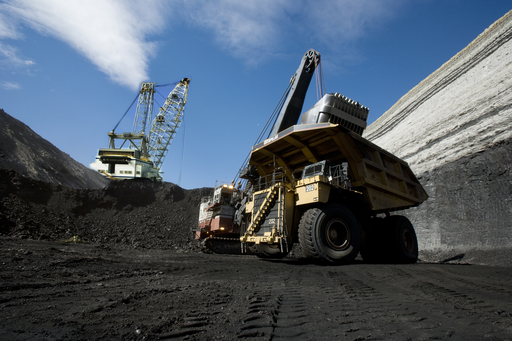
China’s coal imports increased by 14% in July, climbing to the highest they have been for over four years, according to General Administration of Customs figures announced on Wednesday.
The agency said that 29.01 million tonnes of coal was imported in July, the highest amount since January 2014. They rose 23.9% in June from 25.47 million tonnes and increased by 49.1% from 19.46 million tonnes in July 2017. Year-to-date imports were up 15% to 175 million tonnes.

Discover B2B Marketing That Performs
Combine business intelligence and editorial excellence to reach engaged professionals across 36 leading media platforms.
Officials cited the recent heatwave as the reason for heightened energy demands as consumers amp up their air conditioning. In July, areas in southern and central China reported temperatures above 35 degrees Celsius, while the National Meteorological Administration said that some parts of Xinjiang Uygur Autonomous Region and Shandong and Jiangxi provinces rose to 39 degrees.
Warnings were issued by the State Grid Corporation that power shortages may occur, while the Meteorological Administration has continued issuing regular heat alerts, saying western and southern areas could see highs of 40°C, continuing to fuel demand for coal-based electricity.
The purchase of coal from abroad is also motivated by cuts to domestic output, as Beijing enforces stricter checks on heavy industry as part of the nationwide attempts to reduce carbon emissions.
Zheshang Securities coal analyst Cheng Gong told Reuters imports were higher than anticipated, saying: “The authorities have vowed to ensure coal supplies and keep prices running smoothly during the peak season, therefore checks on imports could not be tightened in the short term.”

US Tariffs are shifting - will you react or anticipate?
Don’t let policy changes catch you off guard. Stay proactive with real-time data and expert analysis.
By GlobalDataFigures from data analysis company Wind showed that supplies at three major coal ports in the north of the country rose 0.9% to 2.51 million tonnes on 3 August, compared with figures from the previous week.
The news undermines efforts made by the country to cut down on carbon emissions and tackle air pollution as part of President Xi Jinping’s ‘war on pollution’.
A Massachusetts Institute of Technology (MIT) study released this month found China is at risk of becoming a heatwave zone by the end of this century.
“China is currently the largest contributor to the emission of greenhouse gases, with potentially serious implications to its own population,” the report says, adding that the country’s habitability will be severely threatened unless significant steps are made to cut the use of fossil fuels.





